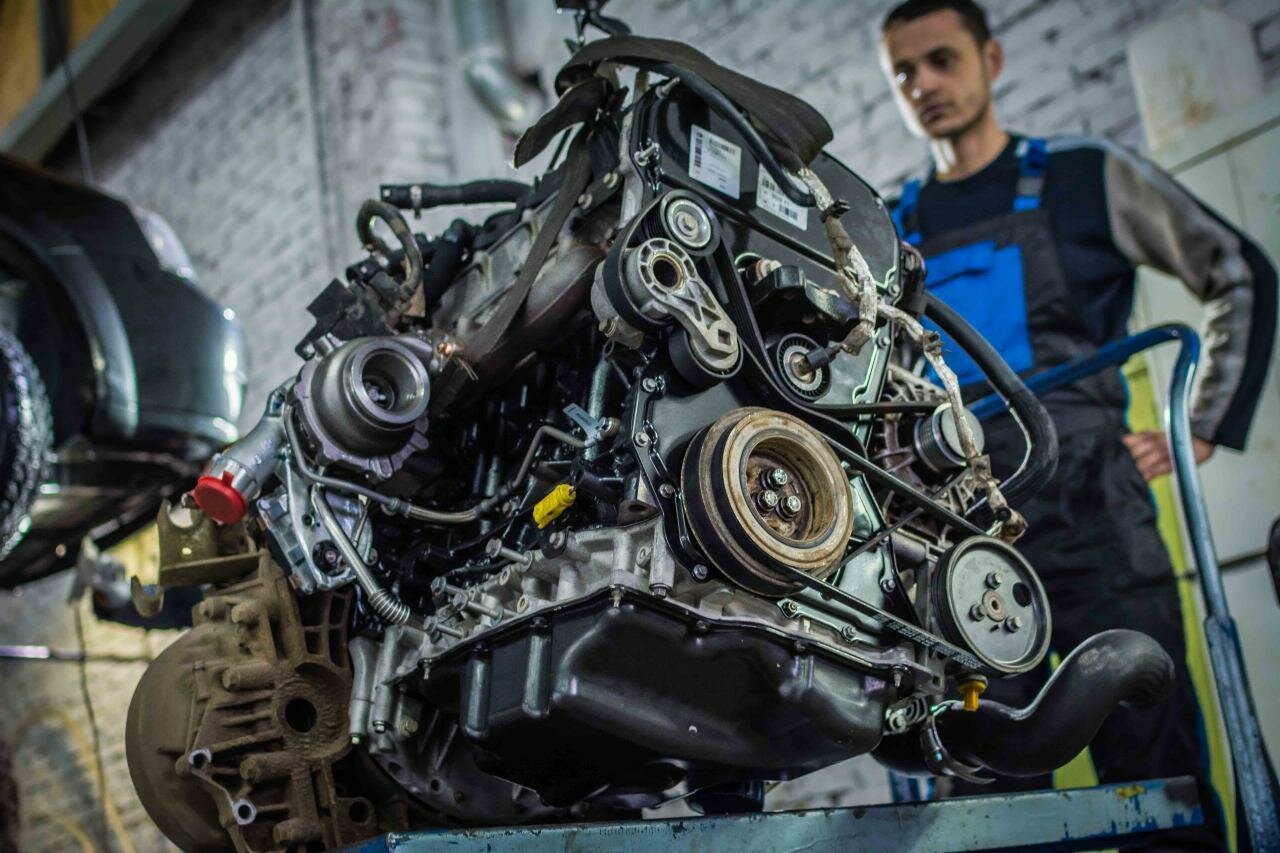BMW X5: A Brief Overview
The BMW X5 has been a significant player in the luxury SUV market since its debut in 1999. As one of the first luxury SUVs, it set the standard for performance, comfort, and technology. Over the years, the X5 has evolved through multiple generations, each bringing advancements in engineering and design. The vehicle is known for its powerful engines, sporty handling, and premium interior, making it a popular choice among enthusiasts and families alike.
Engine Mount Issues: A Common Concern
However, like any vehicle, the BMW X5 is not without its problems. One of the recurring issues that owners face is related to engine mounts. Engine mounts are crucial components that secure the engine to the vehicle’s chassis, absorbing vibrations and ensuring smooth operation. When these mounts fail, it can lead to a host of problems, including increased vibrations, misalignment, and even potential damage to other engine components. Understanding the common engine mount problems in the BMW X5 is essential for owners who want to maintain their vehicle’s performance and longevity. This article will delve into the specifics of these issues, providing insights into symptoms, causes, and potential solutions.
Understanding BMW X5 Engine Mount Problems
The BMW X5 is engineered for performance and luxury, but its engine mount issues can undermine its reputation. Engine mounts are designed to hold the engine in place while dampening vibrations. When these mounts wear out or fail, it can lead to a series of complications that affect both the driving experience and the vehicle’s overall health.
Common Symptoms of Engine Mount Failure
Recognizing the symptoms of failing engine mounts is crucial for timely intervention. Here are some common signs that indicate problems with the engine mounts in a BMW X5:
- Excessive Vibration: Increased vibrations felt in the cabin, especially during acceleration or deceleration.
- Engine Movement: Noticeable engine movement or shifting when accelerating or braking.
- Noises: Clunking or banging noises coming from the engine bay, particularly when shifting gears.
- Dashboard Warning Lights: Activation of warning lights related to engine performance.
Causes of Engine Mount Problems
Several factors contribute to engine mount failure in the BMW X5:
- Wear and Tear: Over time, engine mounts can degrade due to constant exposure to heat, oil, and road conditions.
- Improper Installation: If mounts are not installed correctly, it can lead to premature failure.
- Accidents: Collisions or impacts can damage engine mounts, leading to misalignment.
- Excessive Torque: High-performance driving can place additional stress on engine mounts, causing them to wear out faster.
Consequences of Ignoring Engine Mount Issues
Neglecting engine mount problems can lead to severe consequences. These include:
- Increased Repair Costs: Addressing engine mount issues early can save money on more extensive repairs later.
- Engine Damage: Misalignment can cause stress on other components, leading to engine damage.
- Safety Risks: In extreme cases, a failing engine mount can lead to engine detachment, posing a significant safety risk.
Symptoms and Consequences Table
| Symptoms | Consequences |
|---|---|
| Excessive Vibration | Increased wear on engine components |
| Engine Movement | Potential misalignment of engine parts |
| Noises from Engine Bay | Indication of severe wear or damage |
| Dashboard Warning Lights | Possible engine performance issues |
Top views |
|
|---|---|
 |
Oil, Timing Chains, Pistons: What Really Kills an Engine Prematurely? |
 |
How to Choose a Car with a Reliable Engine: Used Car Market Hacks That Actually Work |
Conclusion
The BMW X5’s engine mount problems are not just minor inconveniences; they can lead to significant issues if left unaddressed. Recognizing the symptoms early and understanding the potential consequences can save owners from costly repairs and ensure the vehicle remains safe and enjoyable to drive. Regular maintenance and inspections are essential to keep the engine mounts in good condition and to preserve the performance and integrity of the BMW X5.




0 Comments